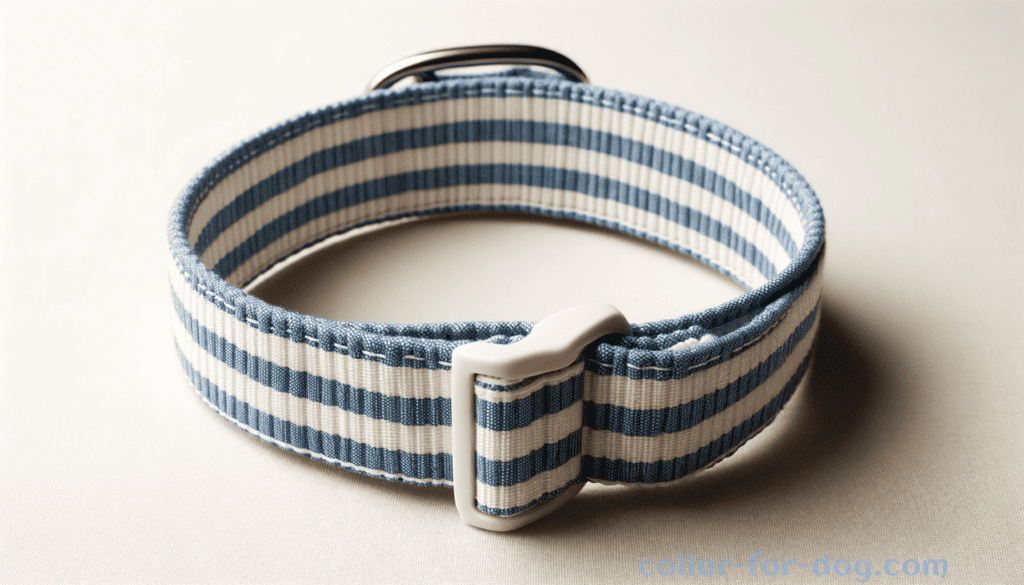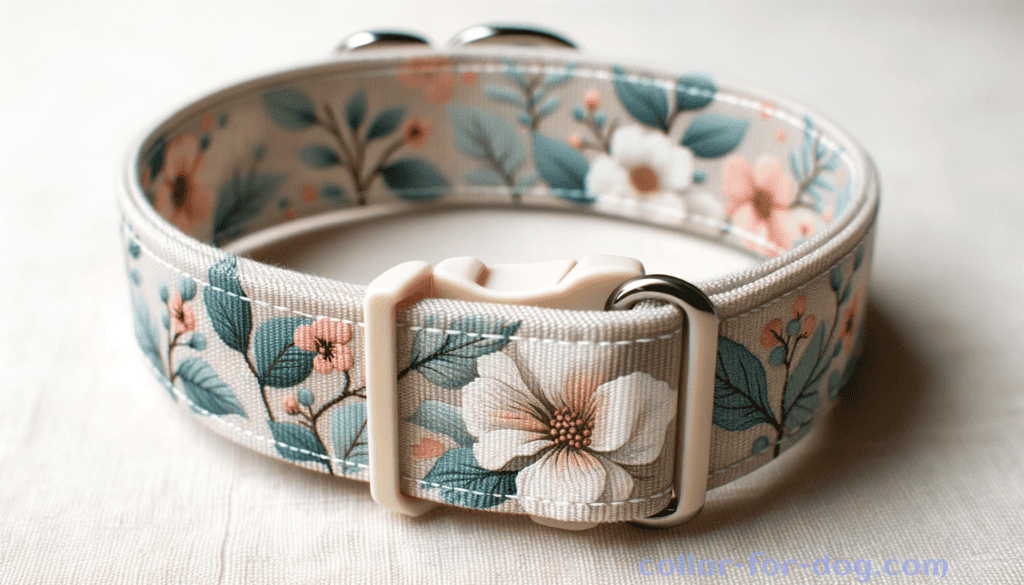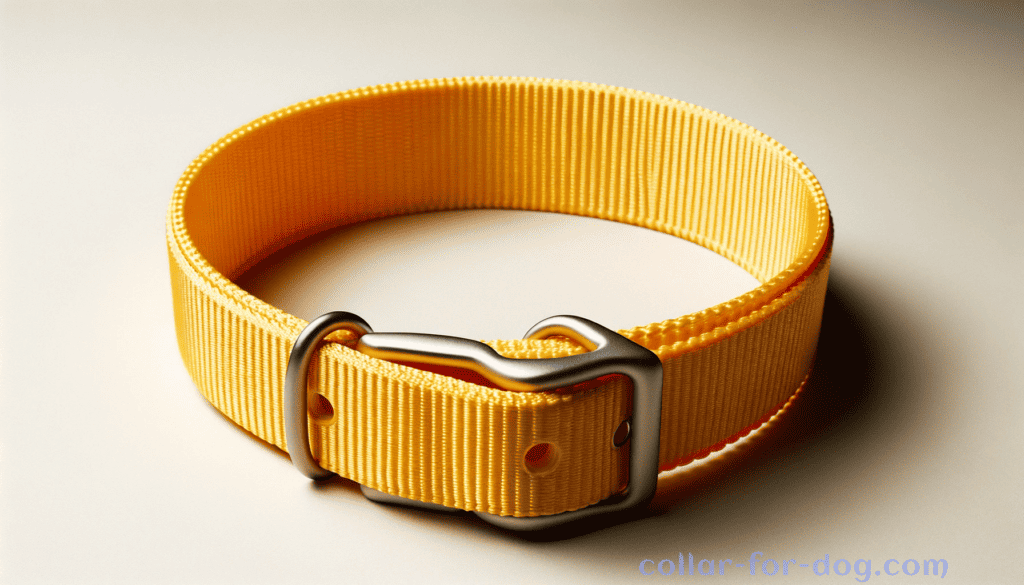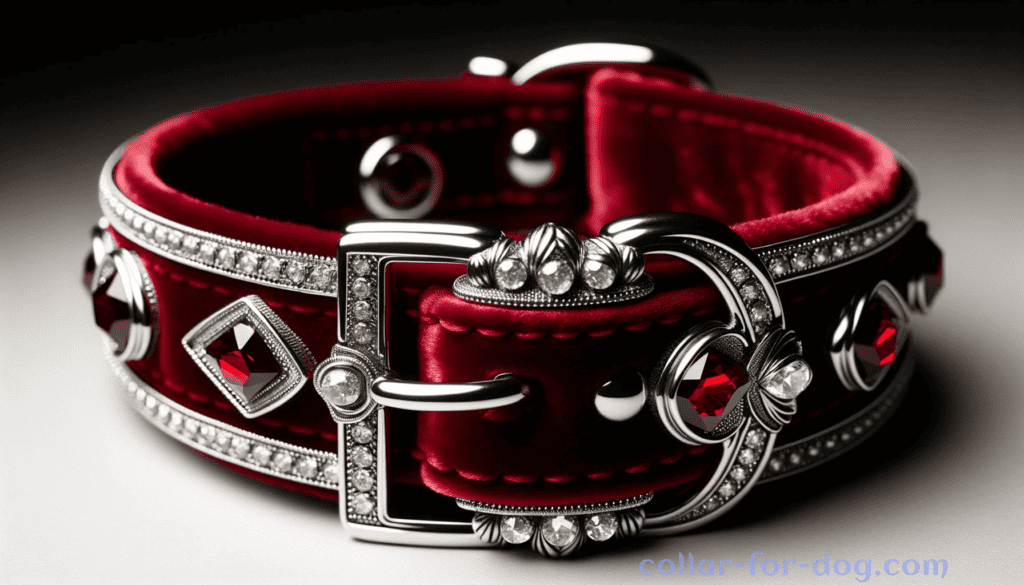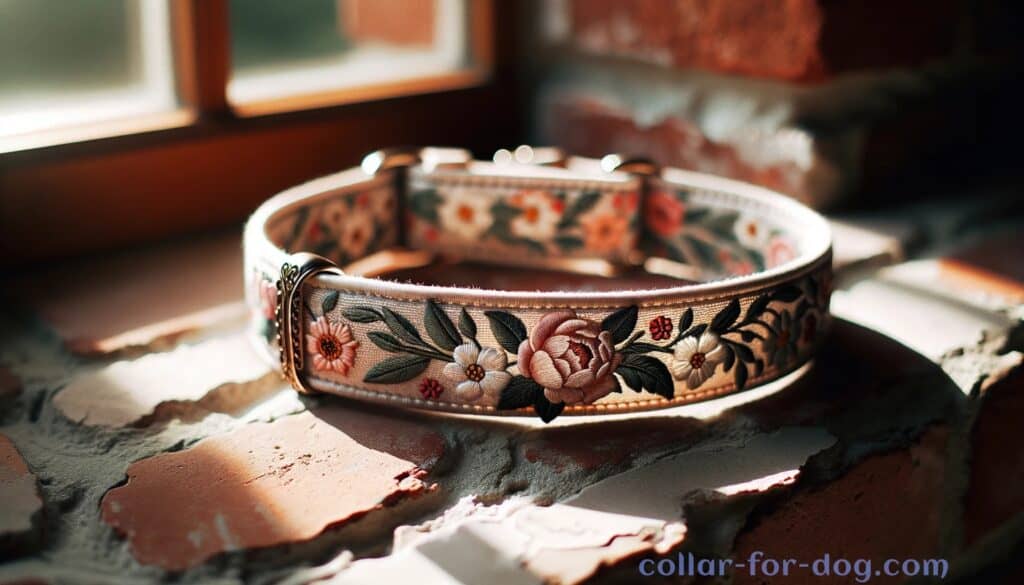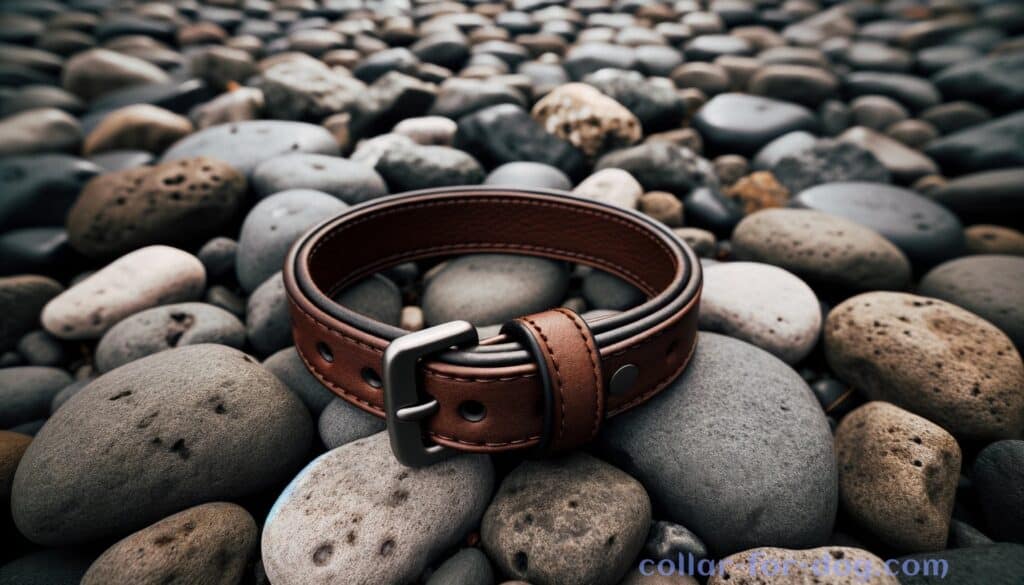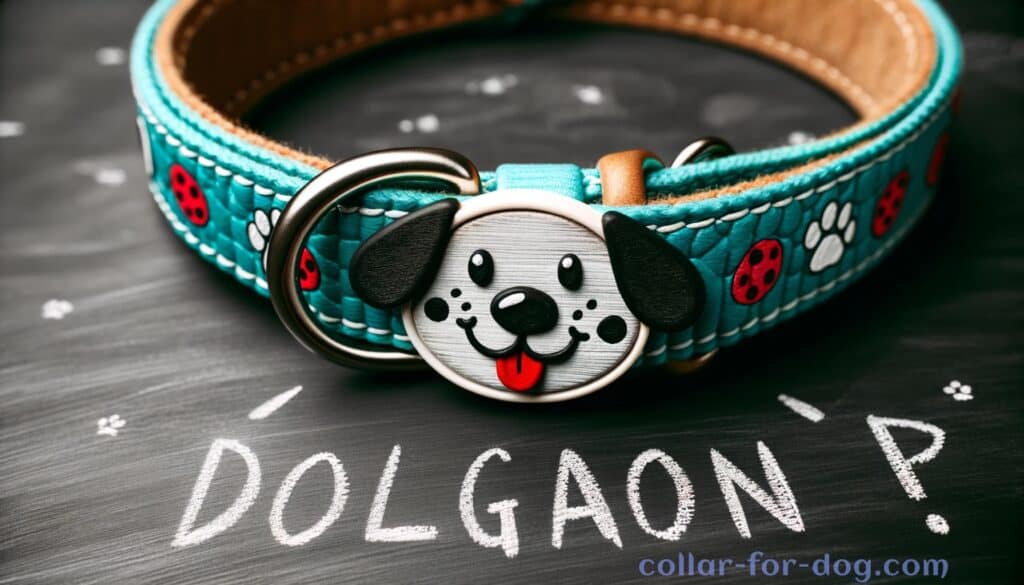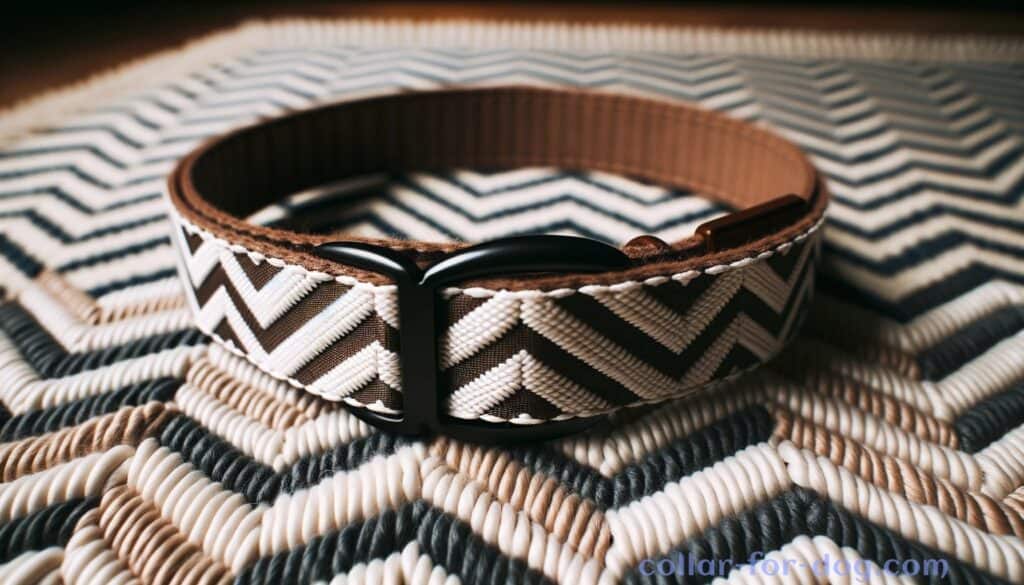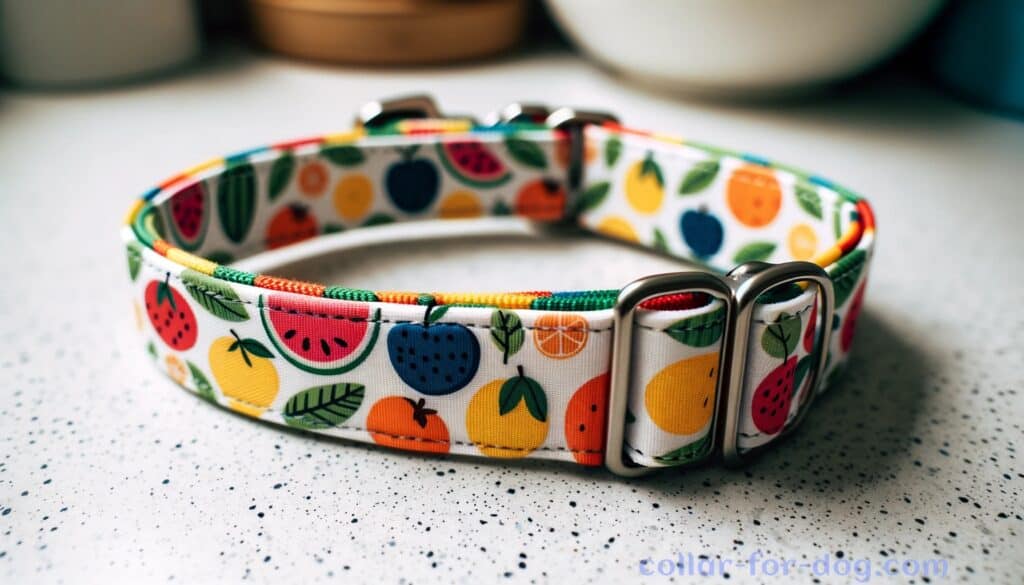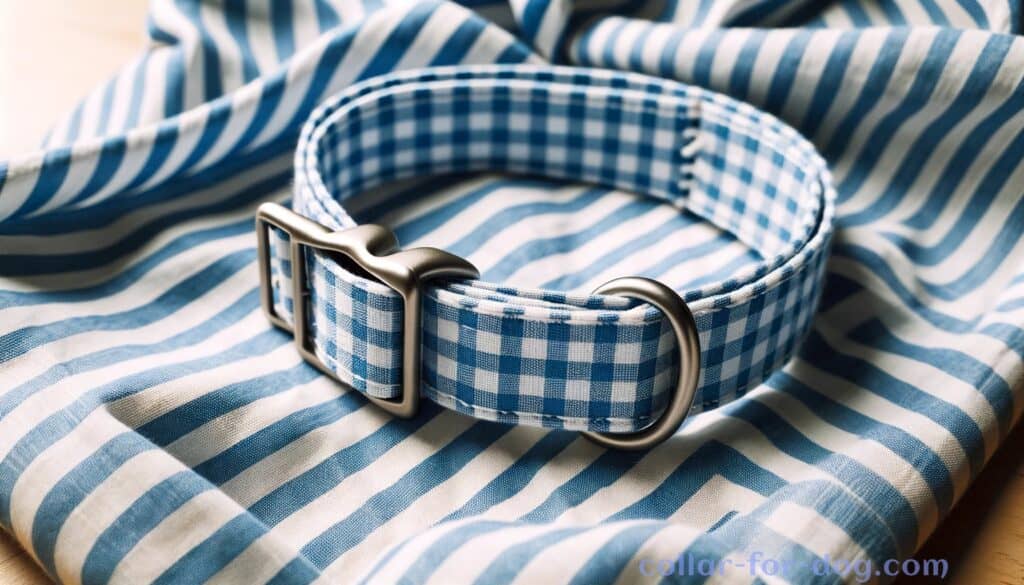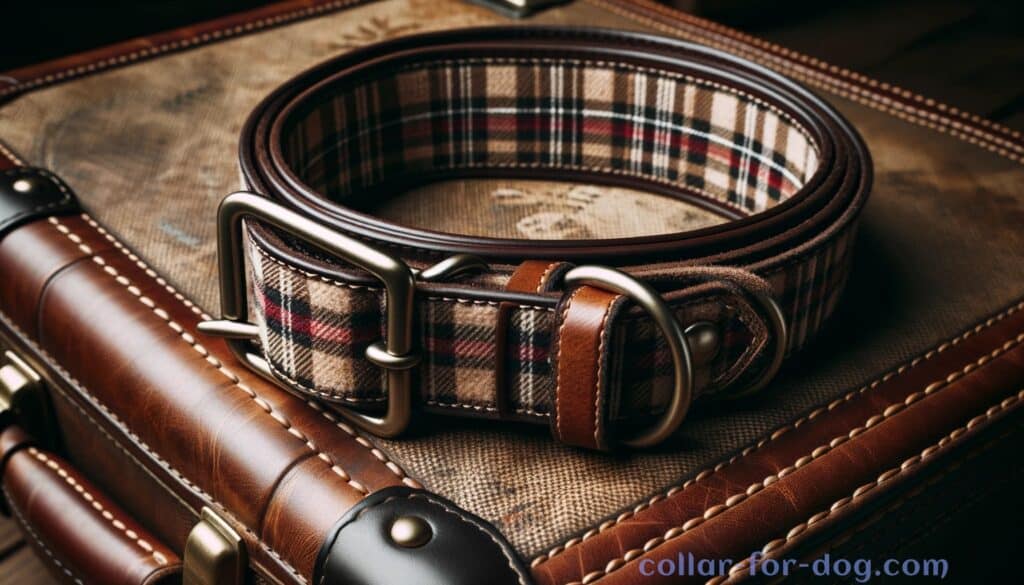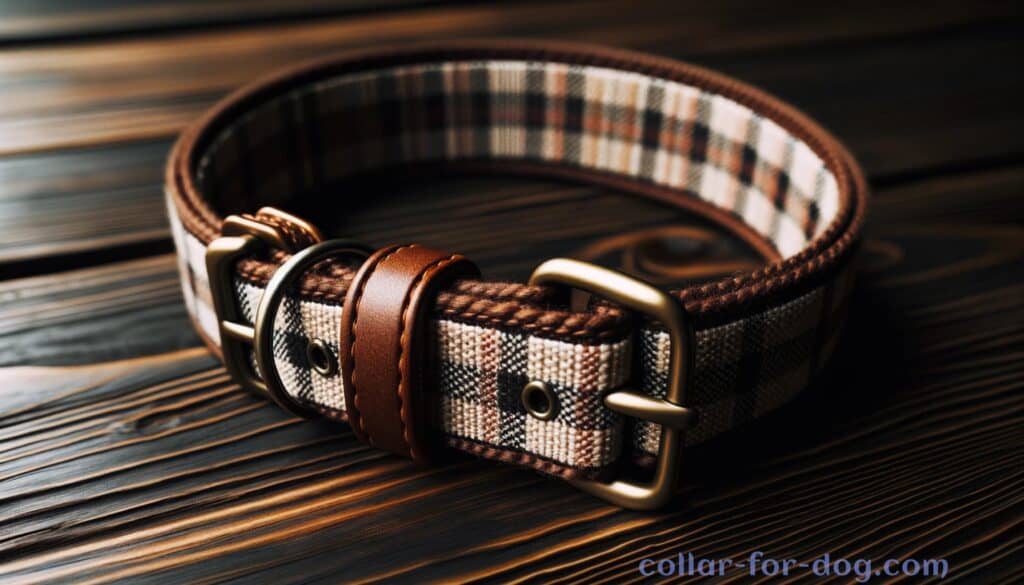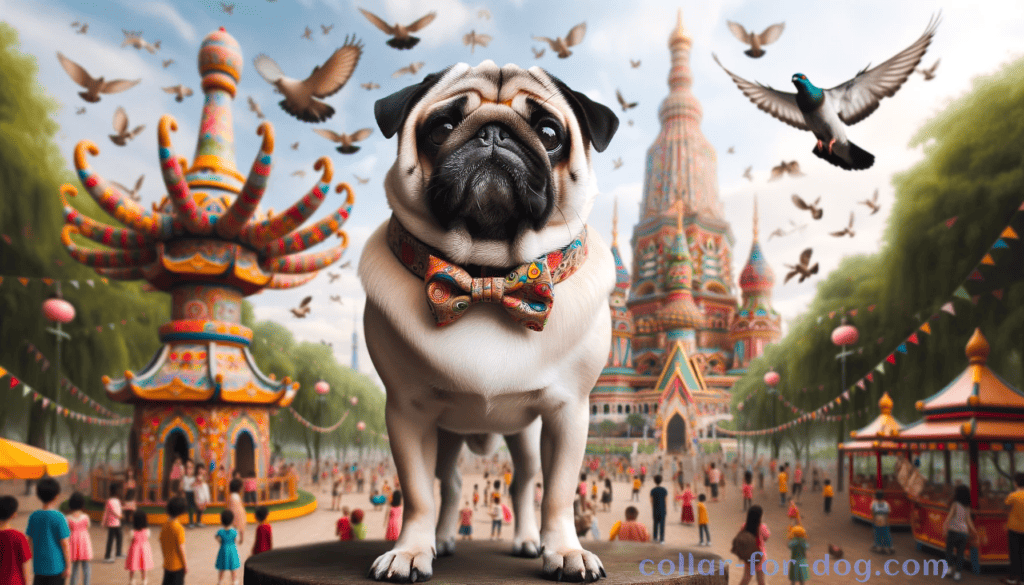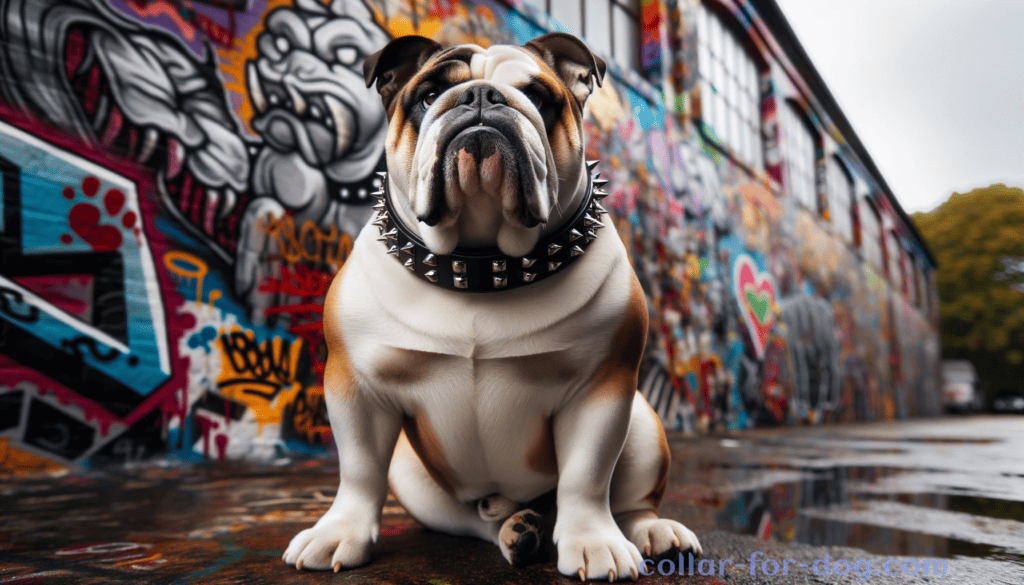Choose a dog collar: the intersection of fashion, function, and safety.
Choosing the perfect dog collar for your furry companion may seem simple. Still, with the wide variety of options available in the market, it can quickly become overwhelming. A dog collar is more than just a fashion accessory for your pet. It is a practical tool that helps with identification, training, and control.
Therefore, selecting the right collar that suits your dog’s needs and lifestyle is crucial. Whether you have a small, playful puppy or a large, strong breed, the collar you choose will directly impact their comfort, safety, and behavior.
In this article, we will guide you through the essential factors to consider when selecting a dog collar and provide valuable tips and recommendations to make the process easier. With our professional guide, you can be confident in making an informed decision and finding the perfect collar for your beloved canine companion.
Consider your dog’s size and breed.
When choosing a dog collar, it is crucial to consider your dog’s size and breed. This will ensure the collar fits properly and suits your dog’s needs. For example, a small breed dog may not need a heavy-duty collar, while a larger breed dog may require a stronger and more durable collar.
Additionally, certain breeds may have unique neck and head shapes, affecting the collar’s fit. It is important to measure your dog’s neck and consult with a professional if you are unsure about which size or type of collar would be best for your dog.
Your dog’s breed can also influence the most suitable collar. For example, a breed with a long and thick coat may benefit from a wider collar to distribute the weight evenly and prevent fur matting. On the other hand, a breed with a short coat may do well with a thinner and lighter collar.
When choosing a dog collar, it is important to consider breed-specific behavioral tendencies, such as pulling or escaping. In these cases, a collar with specific features, such as a martingale or harness, may be more effective in managing your dog’s behavior. By considering your dog’s size and breed, you can ensure that you choose the appropriate dog collar for your furry friend.
Choose a collar material wisely.
Dog collars are available in various materials, each with unique qualities and benefits. Choosing a collar material wisely is important, as it can greatly impact your dog’s comfort, safety, and overall well-being.
One of the most common materials used for dog collars is nylon, which is lightweight, durable, and easy to clean. This makes it a great choice for active and adventurous dogs. Leather collars, on the other hand, are more classic and stylish but also tend to be heavier and require more maintenance.
They are a good option for dogs with sensitive skin as they are less likely to irritate. It is important to note that leather collars may stretch over time, so that regular adjustments may be needed.
Other options for dog collar materials include cotton, hemp, and neoprene. Cotton collars are soft and comfortable, ideal for dogs with sensitive skin. They are also lightweight, making them a popular choice for smaller breeds.
Hemp collars are eco-friendly and hypoallergenic, making them a great choice for dogs with allergies. Neoprene collars are water-resistant and quick-drying, making them perfect for water-loving dogs. They are also soft and comfortable, making them a good option for any dog.
When choosing a collar material, it is important to consider your dog’s needs and preferences and your own. Your dog’s collar can be functional and stylish with the right material.
Opt for an adjustable collar.
When choosing the right dog collar for your dog, one important factor to consider is adjustability. An adjustable collar can fit your dog, regardless of size or breed.
This is especially beneficial for puppies who are still growing or for dogs who may gain or lose weight over time. An adjustable collar lets you easily loosen or tighten the fit, ensuring your dog is always comfortable and secure.
In addition to providing a customizable fit, adjustable collars also offer versatility. They can be used for everyday walks, training, or outdoor activities. This eliminates the need for multiple collars for different purposes, making it a practical and cost-effective choice.
Furthermore, if you have multiple dogs of varying sizes, an adjustable collar can be shared, saving you money and simplifying your collection of dog collars. Overall, an adjustable collar is a smart and practical choice for any dog owner looking for a functional, versatile collar option.
Reflective collars for nighttime visibility.
Dog collars are essential for keeping our furry friends safe and secure during walks, but it’s important to consider their visibility, especially at night. This is where reflective collars come in.
These collars are designed with reflective materials that make them highly visible in low-light conditions, making it easier for drivers and pedestrians to see your dog. This added visibility can greatly reduce the risk of accidents and keep your dog safe during nighttime walks.
When choosing a reflective collar for your dog, there are a few key factors to consider. First, make sure the collar is the right size for your dog. It should fit comfortably around their neck without being too loose or tight.
Additionally, look for collars with high-quality reflective materials that remain bright and visible even after repeated use and washings. It’s also worth considering a collar with additional reflective strips or LED lights for even better visibility. Choosing a reflective collar for your dog can ensure their safety and peace of mind during nighttime walks.
Think about your dog’s comfort.
When considering your dog’s comfort, it is important to consider the fit and design of their collar. A too-tight collar can cause discomfort and injury to your dog’s neck, while a too-loose collar can easily slip off or get caught on objects.
Measuring your dog’s neck and adding a couple of inches is recommended for a comfortable fit. Additionally, choose soft and lightweight materials, such as nylon or padded leather, to prevent irritation and chafing. Dogs with thicker coats may benefit from wider collars to distribute pressure evenly and avoid fur matting.
The collar’s design is another factor for your dog’s comfort. Some dogs prefer a flat collar, while others feel more comfortable with a martingale or harness style. Observing your dog’s behavior and body language is important to determine which type of collar they are most comfortable with.
For example, dogs who tend to pull on walks may do better with a harness that distributes pressure evenly across their chest rather than their neck. Choosing a well-fitting and comfortable collar will ensure your dog is happy and content while wearing it.
Decide between buckle or clip closure.
When securing your dog’s collar, there are two main options: a buckle closure or a clip closure. Both have advantages, and it ultimately depends on personal preference and your dog’s needs. Buckle closures offer a more secure and durable option, making it ideal for larger or more active dogs.
The buckle can also be adjusted to fit your dog’s neck perfectly, ensuring a snug and comfortable fit. However, buckle closures may take longer to secure than clip closures. On the other hand, clip closures are quick and easy to use, making them a popular choice for smaller or less active dogs.
However, they may not be as secure and come undone more easily, especially if your dog likes to pull on their collar. Consider your dog’s size, behavior, and comfort level when deciding between a buckle or clip closure for their collar.
Look for durable and long-lasting.
When selecting a dog collar, looking for durability and longevity is important. This means choosing a collar made from high-quality materials and well-constructed.
This is especially crucial for larger or more active dogs who may put more wear and tear on their collar. A durable collar will not only withstand your dog’s daily activities but also save you money in the long run by not needing frequent replacements.
In addition to durability, it’s important to consider the longevity of the collar. This means choosing a collar that will grow with your dog and continue to fit comfortably as they mature. Adjustable collars are a great option, as they can be easily resized as your dog grows.
It’s also important to look for collars that are easy to clean and maintain, as this will help prolong their lifespan. By prioritizing durability and longevity when choosing a dog collar, you can ensure that your furry companion is comfortable and safe for years.
Consider any special features needed.
Additionally, certain special features may be necessary for certain dogs or situations. For example, if your dog tends to pull on the leash during walks, a no-pull or martingale collar may be a better choice to prevent choking or discomfort.
Hypoallergenic materials such as leather, cotton, or neoprene may be preferred over nylon or polyester for dogs with sensitive skin or allergies. Some dog collars also come with reflective or glow-in-the-dark features for visibility during nighttime walks.
Lastly, consider the closure mechanism of the collar – traditional buckle closures may be more secure, while quick-release options may be easier for some dog owners. These special features can greatly enhance the functionality and comfort of a dog collar, so carefully consider your dog’s needs and lifestyle when selecting.
Measure your dog’s neck size.
When choosing a dog collar, getting the right size for your furry friend is essential. A too-tight collar can cause discomfort and restrict movement, while a too-loose collar can easily slip off or become a choking hazard.
You will need a soft measuring tape, a piece of string, and a ruler to measure your dog’s neck size. Place the measuring tape or string around the base of your dog’s neck, where the collar will sit. Make sure it is snug but not too tight. Measure the length and add 1-2 inches to get the correct size for your dog’s collar.
It is also crucial to consider your dog’s breed and age when measuring for a collar. Larger breeds may require wider collars for support, while smaller breeds may need narrower collars for comfort. Puppies will most likely need their collars adjusted as they grow, so opting for an adjustable collar is best.
Additionally, consider the extra fluff when measuring if your dog has a thick or double coat. Measuring your dog’s neck size accurately will ensure a comfortable and secure fit for their new collar.
Consult a professional for guidance.
When selecting the perfect dog collar, consulting a professional for guidance can be extremely beneficial. Trained and experienced professionals such as veterinarians, dog trainers, or pet store employees can offer valuable insights and recommendations based on your dog’s needs.
They can also provide information on the types of dog collars available and which may be the best fit for your dog. With their expertise, you can make an informed decision and choose a collar that will fit your dog comfortably and meet their requirements.
Moreover, consulting a professional can also help prevent potential risks or complications from using the wrong type of collar for your dog. Certain breeds, such as brachycephalic ones, may require specialized collars to avoid breathing difficulties.
Additionally, professionals can guide you on properly fitting and using a dog collar to ensure your dog’s safety and prevent injuries. Overall, seeking professional advice can save you time and effort in finding the perfect dog collar for your furry friend.
In conclusion, choosing the right collar for your dog is an important decision that requires careful consideration. By taking into account your dog’s size, breed, and personality, as well as the purpose of the collar, you can ensure that your furry friend is comfortable and safe while wearing it.
Remember to check and adjust the collar for proper fit regularly, and always supervise your dog when wearing it. With these tips, you can find the perfect collar for your canine companion and enjoy many happy walks and adventures together.
FAQ
What factors should be considered when choosing a dog collar?
Choosing a collar that fits the dog properly, is made of high-quality materials, and has appropriate fastenings and adjustability is important.
Additionally, considering the dog’s behavior and any special needs or sensitivities can help select a collar that meets their specific requirements.
Consulting with a veterinarian or professional trainer can also provide valuable guidance in choosing the right collar for your dog.
Are certain types of dog collars better suited for specific breeds or sizes of dogs?
Additionally, certain breeds that tend to pull or have respiratory issues may require a harness or a martingale collar for better control and safety. When selecting a collar, it is important to consider each dog’s needs and characteristics to ensure proper fit, comfort, and safety.
How do you determine the correct dog collar size for your pet?
Add a few inches to the measurement to ensure a comfortable fit. Additionally, consider the breed and age of your dog, as some may require larger or smaller collars.
It’s important to regularly check the collar’s fit as your dog grows or gains/loses weight. A properly fitted collar should be snug enough to prevent slipping off but not too tight to restrict their breathing or movement.
What materials are used in dog collars, and how do they affect the choice?
Leather collars are stylish, long-lasting, and comfortable for dogs. They are ideal for dogs with sensitive skin or allergies.
Chain collars, or choke collars, are made from metal links and used for training. They provide more control but should be used with caution and under supervision.
The choice of material depends on the dog’s needs, comfort, and the intended use of the collar.
Are there any specific features or functionalities to look for in a dog collar, such as reflective strips or GPS tracking capabilities?
Other features include adjustable sizing, durable materials, and a secure fastening mechanism. Ultimately, your specific features and functionalities will depend on your needs and your dog’s preferences.

